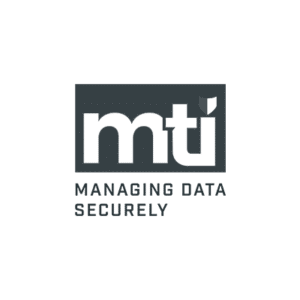Leveraging Executive Communication
Executive communication is a strategic tool for embodying the company’s vision, enhancing credibility, and inspiring confidence. Whether engaging with media, speaking at public events, or interacting on social platforms, every executive interaction shapes the company’s image and influences its ecosystem.
Media Training For Mastering Media Interactions
One of an executive’s key roles is to personify the company, both internally and externally. Their media performance directly impacts brand perception.
Comprehensive media training, tailored to various formats (TV, radio, print, and social media), enables executives to:
- Build confidence
- Refine their messaging and delivery
- Develop clear and compelling narratives
- Navigate unexpected or challenging questions
- Effectively manage crisis situations
Commanding the Stage
Public speaking is a recurring responsibility for executives. When done well, it bolsters credibility, instills confidence, and can positively shape the company’s image.
It’s a powerful tool for leadership and strategic communication, provided it’s:
- Expertly executed: vocal and body language techniques, stress management, mastery of argumentation and persuasion
- Precisely structured: clear objectives, key messages, audience-appropriate design and storytelling, polished presentation
Taking a Stand
An executive’s public statements, whether through op-eds or interviews, are powerful tools for shaping company image and influencing its ecosystem: demonstrating leadership, building executive reputation, establishing expert credibility on economic and societal issues, and conveying company vision and values.
A well-crafted public statement can significantly enhance company reputation. Conversely, a misstep can have lasting negative consequences. These positions require careful strategic consideration:
- Judicious selection of topics and timing
- Alignment with overall company strategy
- Anticipation of stakeholder reactions
- Meticulous preparation of content and tone
Identifying Speaking Opportunities
A proactive approach to external speaking engagements can substantially enrich both the company’s and the executive’s communication strategy. The goal: to participate in strategic debates and strengthen the executive’s position as a thought leader.
Active market monitoring helps in:
- Identifying relevant industry conferences, panels, and events
- Spotting opportunities for contributions to influential publications
- Anticipating emerging debates where the executive’s expertise would be valued
Navigating Social Media
As an extension of the executive’s professional identity and, by extension, the company’s image, digital profiles require a well-orchestrated strategy. The objectives are to reinforce leadership and company visibility while mitigating risks associated with uncontrolled communication.
- Image consistency: social media presence should reflect company values while preserving the executive’s authenticity
- Message amplification: social platforms offer direct channels to communicate company vision and achievements
- Reputation management: an active, controlled presence allows for narrative control around the executive and company
- Stakeholder engagement: these platforms facilitate direct interactions with customers and partners
- Strategic intelligence: social networks are valuable sources of market and competitive insights
References

















